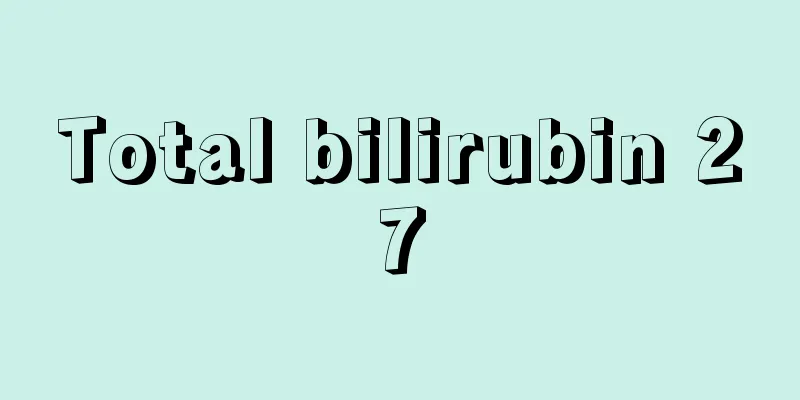Total bilirubin 27

|
Total bilirubin is a very important indicator for testing our liver function. When jaundice occurs in the body, the level of total bilirubin also needs to be tested. Total bilirubin generally rises, and is combined with other indicators to determine possible problems with the body. But as ordinary people, many of us cannot analyze our own physical condition through the bilirubin values. So, is total bilirubin 27 high? Let’s take a look below. The normal value is 1.7-17.1μmol/L (0.1mg/dl~1.0mg/dl). Total bilirubin 27 is high. If the bilirubin level is slightly elevated, a detailed examination should be conducted to determine the cause, such as whether it is a liver or gallbladder disease, and active treatment should be given. If all examinations are normal, it may be idiopathic hyperbilirubinemia, and traditional Chinese medicine such as red peony root, rhubarb, and artemisia capillaris may be used as appropriate. The specific treatment should be guided by the clinical physician. Causes of increase Since total bilirubin is the sum of indirect bilirubin and direct bilirubin, increased indirect bilirubin or increased direct bilirubin will cause increased total bilirubin. 1. Increased total bilirubin and indirect bilirubin: When suffering from hemolytic jaundice, a large number of red blood cells are destroyed, the indirect bilirubin increases, and exceeds the liver's conversion capacity, causing the indirect bilirubin to remain in the blood, thereby causing an increase in total bilirubin. It is generally common in diseases such as hemolytic jaundice, blood transfusion reactions due to blood type incompatibility, and neonatal jaundice. 2. Increased total bilirubin and increased direct bilirubin: If there is a problem with the bile duct, the direct bilirubin cannot be completely discharged into the intestine, but flows back into the blood, causing increased direct bilirubin in the serum. The total bilirubin will also increase, thus causing infarct-negative jaundice. Increased total bilirubin caused by this type of reason is common in biliary diseases such as cholecystitis and cholelithiasis. 3. Elevated total bilirubin, as well as elevated direct and indirect bilirubin: If there is a problem with the liver, that is, liver cells are damaged, the liver's ability to convert indirect bilirubin into direct bilirubin decreases. This will cause both direct and indirect bilirubin to be high at the same time, and the total bilirubin will also be high, which is hepatocellular jaundice. When you suffer from liver diseases such as acute icteric hepatitis, acute yellow liver necrosis, chronic active hepatitis, cirrhosis, etc., the total bilirubin will increase. |
<<: Sequelae of femoral head necrosis replacement
>>: How to treat the sequelae of masturbation
Recommend
How to take care of matte leather?
Young people nowadays like to wear nubuck leather...
What are the benefits and effects of milk thistle?
For people who drink frequently, excessive drinki...
Glandular low-grade intraepithelial neoplasia
Neoplasia is a long process and will not spread t...
Is this true? Are you allergic to apples?
People's love for fruit is obvious to all, be...
How to judge your nose shape
The I Ching believes that a person's five sen...
What should I eat to prevent cervical cancer? What are the early symptoms of cervical cancer?
What foods should women eat more to prevent cervi...
What are the differences between Chinese and Western medicine in treating liver cancer? How to manage the diet of liver cancer patients?
Liver cancer is the second most common cancer in ...
What are the measures to prevent recurrence of kidney cancer?
Currently, cancer is treated with simple Western ...
What are the effects of drugs for treating corn eye beans
We often hear people say that they have corns on ...
What is the most suitable meal to eat during menstruation
Women's physical health has always been a ver...
Brown spots on scalp
There are many cerebral blood vessels in the huma...
Will breast cancer metastasize after surgery in the middle and late stages?
In fact, how many more years a patient can live a...
What is the cause of the pain in my penis
The penis is a male reproductive organ and is ver...
Can bleeding from hemorrhoids kill people?
Hemorrhoids are a very common intestinal disease ...
Dry and flaky skin on elbows
Symptoms of dryness and flaking on the elbows may...









